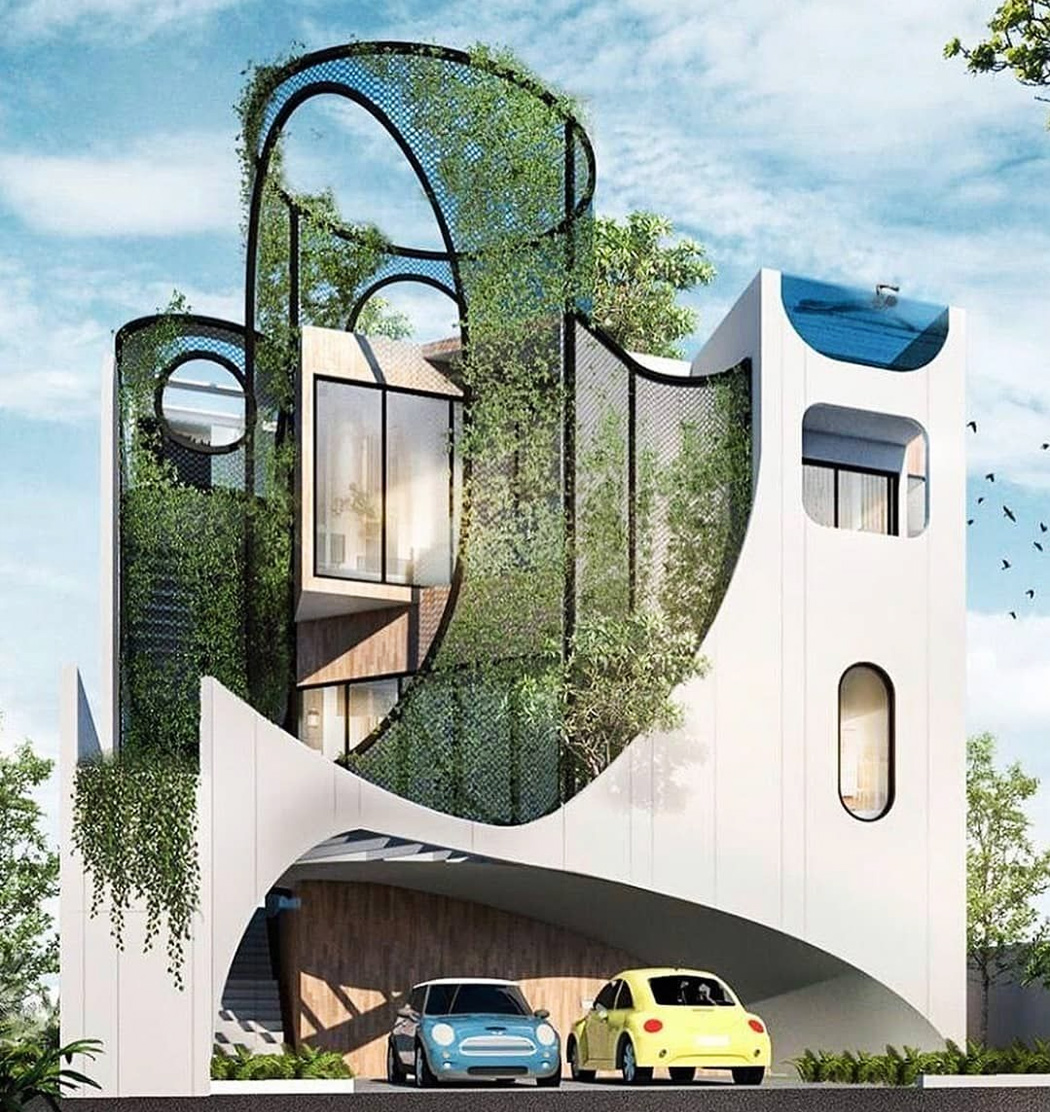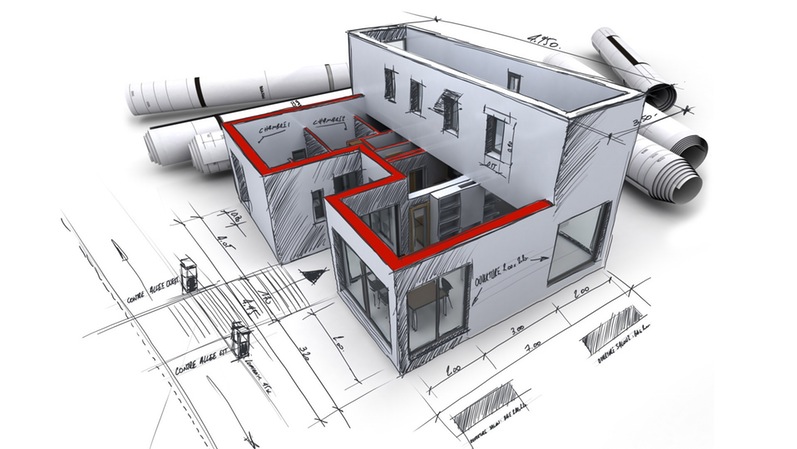Boost Your Structure Style with the Competence of CDA Architects
Boost Your Structure Style with the Competence of CDA Architects
Blog Article
An Extensive Review of Architectural Designs and Their Influence on Modern City Preparation and Advancement
Architectural designs have long offered as a mirror to the social values and technical improvements of their time, playing an essential duty in shaping modern city preparation and advancement. From the grandeur of Neoclassicism to the practical method of Brutalism, each design has presented distinct principles that influence city looks and functionality.
Historic Overview of Building Designs
Throughout history, building styles have actually evolved in feedback to cultural, technical, and ecological elements. Each duration reflects the prevailing values, ideas, and developments of its time, resulting in an abundant tapestry of layout that symbolizes human imagination and adaptation. The ancient human beings, such as the Egyptians and Greeks, developed fundamental designs that emphasized balance and percentage, offering both functional and aesthetic purposes.
As societies transitioned through the Middle Ages, Gothic architecture emerged, identified by its verticality and intricate describing, matching the spiritual ambitions of the age. The Renaissance marked a rebirth of classical ideals, merging art and architecture in innovative methods that affected succeeding designs throughout Europe.
The Industrial Revolution presented brand-new materials and construction strategies, motivating activities like Modernism, which challenged standard types and embraced simpleness and functionality. The 20th century saw a diversity of designs, with Postmodernism responding against the raw minimalism of its predecessor, including historic referrals and eclectic aspects.
Today, building designs remain to progress, driven by globalization and sustainability concerns, reflecting a dynamic interplay between heritage and development. This historic summary underscores the relevance of style as a mirror of societal development and as a catalyst for city development.
Secret Architectural Styles Explained
The diversity of architectural styles reflects the myriad impacts that form our constructed atmosphere, each symbolizing distinct qualities and cultural values. Trick building styles consist of Timeless, Gothic, Baroque, Modernism, and Postmodernism, each representing unique historic contexts and aesthetic philosophies.
Timeless design, rooted in old Greece and Rome, highlights proportion, proportion, and the use of columns. In comparison, Gothic architecture, growing in the center Ages, is identified by pointed arcs, ribbed vaults, and flying buttresses, developing an angelic quality in basilicas. Baroque style, emerging in the 17th century, is noted by splendour, intricate decoration, and a vibrant interplay of light and darkness.

Understanding these designs provides understanding right into the social stories and technical improvements of their particular ages, highlighting exactly how design serves not just as a shelter, yet as a representation of social values and goals.
Influence on Urban Preparation
In forming the advancement of cities, architectural designs substantially affect urban planning choices. The choice of building design frequently dictates the looks, capability, and total personality of metropolitan environments.
In addition, architectural designs can affect zoning laws and land use policies. Urban organizers have to think about the dominating building trends when creating areas, guaranteeing that new advancements harmonize with existing frameworks. This factor to consider fosters cohesive metropolitan landscapes and boosts community identity.
The application of certain building styles can also affect socioeconomic aspects within a city. Premium modern layouts might bring in upscale locals and services, leading to gentrification, while a lot more budget-friendly real estate options may prioritize sensible and lasting styles to fit diverse populaces. Eventually, the interplay in between architectural styles and metropolitan preparation creates dynamic cities that mirror both historic context and read modern demands, forming the lived experiences of their citizens.
Sustainability and Modern Style
Building styles play a critical role in addressing contemporary obstacles, especially in the realm of sustainability. As urban locations broaden and environmental issues heighten, modern design progressively embraces lasting style principles that focus on energy efficiency, source conservation, and marginal eco-friendly effect.
Contemporary building motions, such as biophilic design and environment-friendly design, advocate for frameworks that harmonize with their surroundings, utilizing all-natural materials and advertising biodiversity - cda architects. These styles often integrate renewable power sources, such as solar panels and wind generators, to decrease dependence on nonrenewable fuel sources and reduced carbon footprints
In addition, the combination of innovative innovations, such as clever building systems, boosts power administration, maximizing source usage while making sure resident convenience. Innovative water administration strategies, including rain harvesting and greywater recycling, further add to sustainable city atmospheres.
Especially, sustainability extends beyond ecological concerns; it includes social and financial measurements also. By cultivating community well-being and advertising inclusivity, modern-day architectural styles line up with lasting growth objectives. The advancement of architectural techniques continues to form durable cities find out here now that not just satisfy the demands of the present however likewise safeguard the future for generations to come.
Area Engagement in Design
Neighborhood involvement in layout offers as an essential bridge between designers and the populaces they offer, guaranteeing that the constructed environment reflects the demands and aspirations of its users. This joint procedure invites community members to contribute their understandings and choices, cultivating a feeling of ownership and responsibility toward the spaces they inhabit.
Efficient community engagement uses numerous techniques, such as workshops, surveys, and public forums, to collect varied viewpoints (cda architects). These strategies assist in a two-way dialogue, allowing engineers to comprehend local contexts while empowering homeowners to voice their issues and desires. This inclusivity not just improves the design top quality however also advertises social equity by attending to the unique obstacles encountered by marginalized teams

Verdict
Building designs have actually greatly affected modern-day city important site preparation and growth, showing advancing social and technical contexts. The assimilation of historic visual appeals with contemporary needs cultivates city settings that focus on sustainability and neighborhood interaction. As cities continue to grow and adapt, the recurring discussion between architectural heritage and modern layout concepts will certainly remain vital in producing inclusive, vibrant rooms that boost high quality of life and promote social equity. The future of city growth rest on this harmonious equilibrium.
Report this page